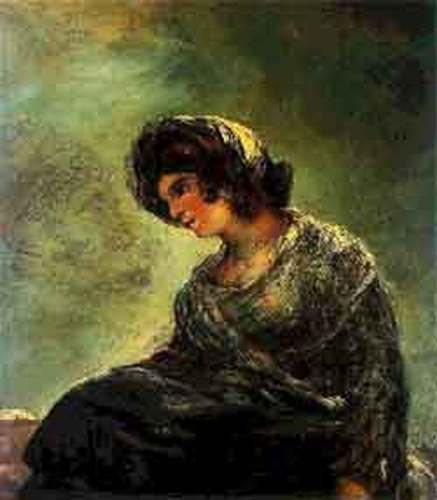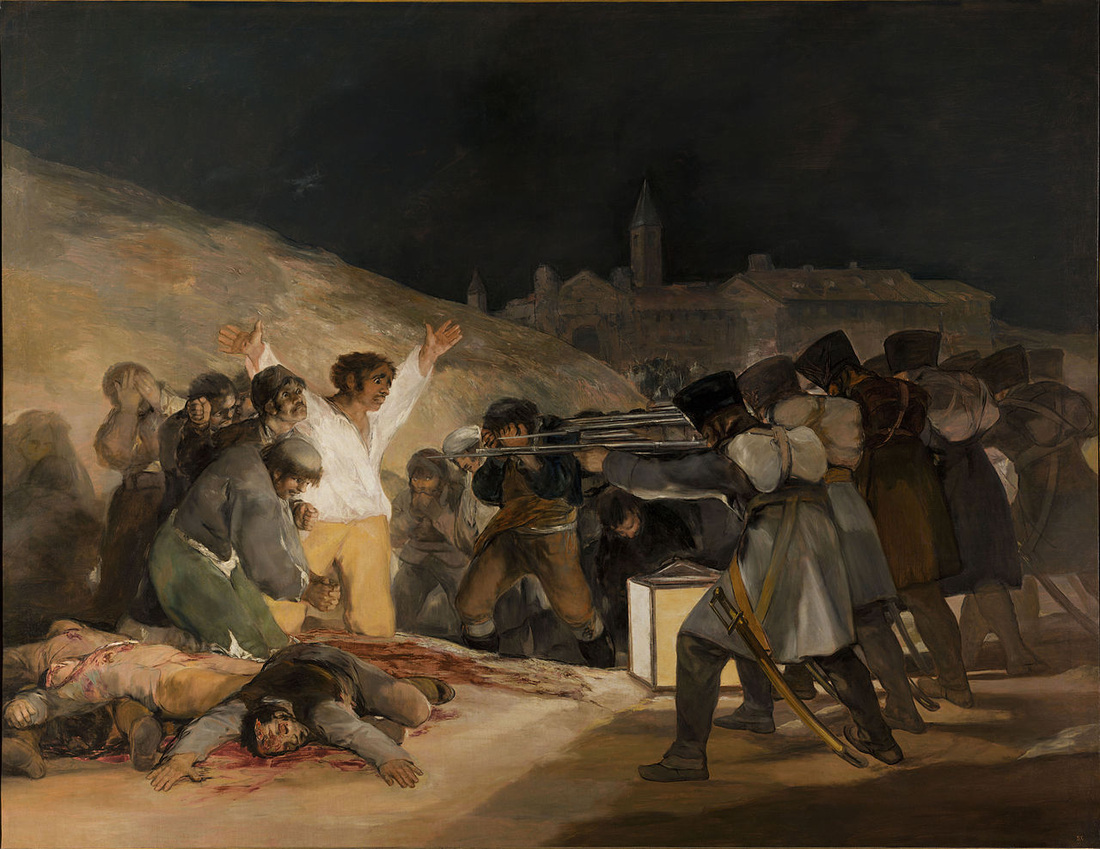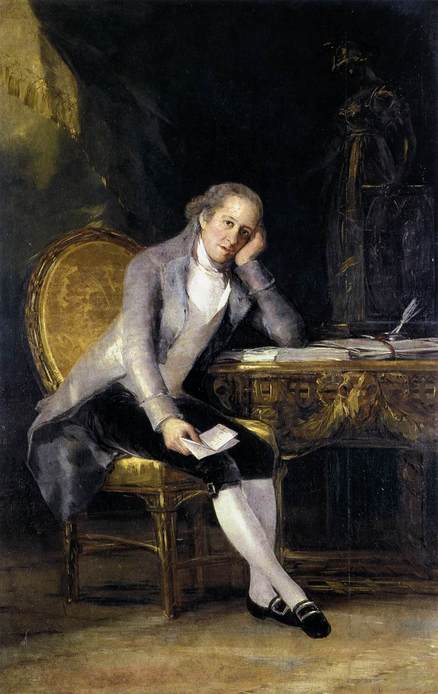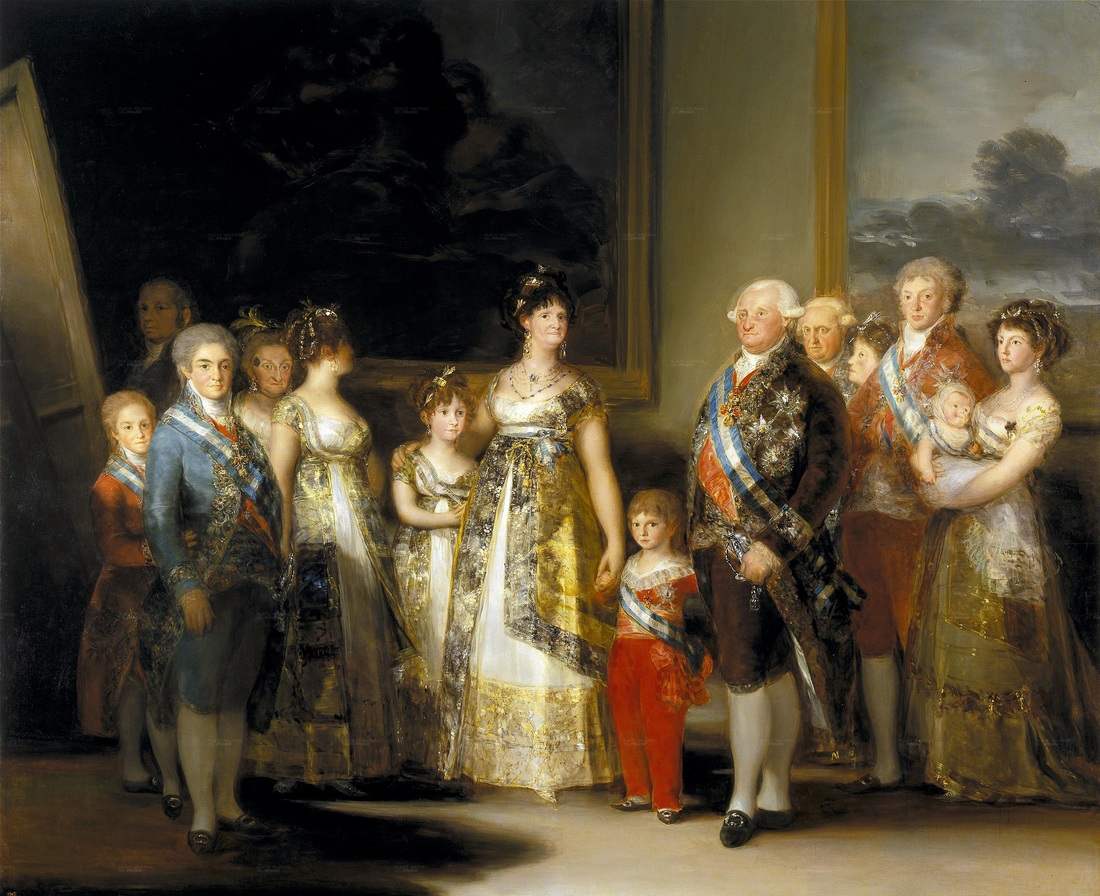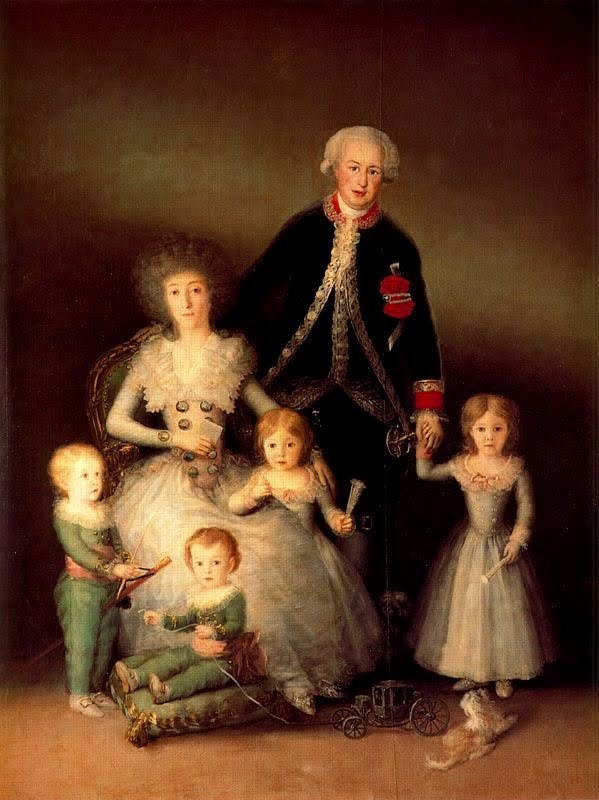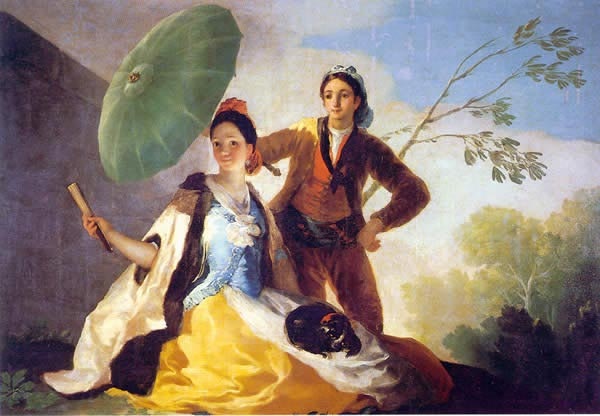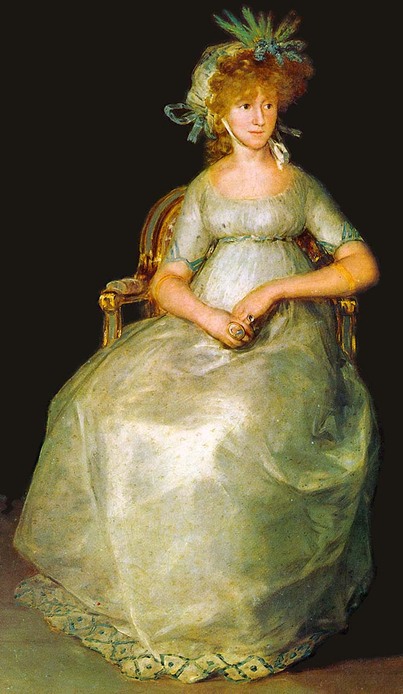LOOKING INTO GOYA...
Every group will be responsible for analysing a specific Goya masterpiece in the Prado Museum.
Guidelines:
1) Plan your visit to the Prado on a day that you all have free. Allow yourselves about 1-2 hours in the museum. Prior to going directly to the painting you have selected by Goya, spend some time on your own exploring the museum. Perhaps research some other masterpieces or exhibitions held in the Prado that catch your interest. NOTE: Don´t forget your student card and also save your ticket to show us when you return in January.
2) You can select a Powerpoint, Poster, Video, Drama, etc...or any other thing you would like to present the piece of work to your classmates.
3) Be sure to include...
(1) General vision of Goya and the time in which he lived. Social, historical, cultural and and ideological context.
(2) Specific research about the masterpiece and its significance. This is easier analysing the style (Neoclassic) but every work has a specific meaning and importance.
- Title of the work - Date in which it was painted - Size of the painting - Medium (oil on canvas)
- Is it a free work or dependent of a commission, in this last case how original is it.
- Describe the subject and posible subtopics
(3) Technical elements:
composition: (focal point, geometrical shapes that define the space), symmetry or asymmetry, effects of drawing attention to particular parts of the work
space: how the ilussion of depth is created: linear perspective, aerial...
ligth: chiaroscuro (contrast of light and shadow) dramatic effect of its use; atmospheric light created to produce an effect
colour: range of the palette (limited or wide), predominance of some colours , cool or warm colours used, dramatic effect created
form: use of outline to define forms (through drawing or through colour); static or moving forms
Technique/texture: finish smooth, homogenous, dense or thick; the way of getting effects or fabrics or other objects
(4) Purpose (why it was painted) and consequences of the work. This part is closely related with the historical, ideological, social and cultural context. The painter had a purpose when he painted the work even when it was a commission. It is necessary to analyse the consequences of his work in its time and in later years.
These are the groups and the paintings chosen :
Guidelines:
1) Plan your visit to the Prado on a day that you all have free. Allow yourselves about 1-2 hours in the museum. Prior to going directly to the painting you have selected by Goya, spend some time on your own exploring the museum. Perhaps research some other masterpieces or exhibitions held in the Prado that catch your interest. NOTE: Don´t forget your student card and also save your ticket to show us when you return in January.
2) You can select a Powerpoint, Poster, Video, Drama, etc...or any other thing you would like to present the piece of work to your classmates.
3) Be sure to include...
(1) General vision of Goya and the time in which he lived. Social, historical, cultural and and ideological context.
(2) Specific research about the masterpiece and its significance. This is easier analysing the style (Neoclassic) but every work has a specific meaning and importance.
- Title of the work - Date in which it was painted - Size of the painting - Medium (oil on canvas)
- Is it a free work or dependent of a commission, in this last case how original is it.
- Describe the subject and posible subtopics
(3) Technical elements:
composition: (focal point, geometrical shapes that define the space), symmetry or asymmetry, effects of drawing attention to particular parts of the work
space: how the ilussion of depth is created: linear perspective, aerial...
ligth: chiaroscuro (contrast of light and shadow) dramatic effect of its use; atmospheric light created to produce an effect
colour: range of the palette (limited or wide), predominance of some colours , cool or warm colours used, dramatic effect created
form: use of outline to define forms (through drawing or through colour); static or moving forms
Technique/texture: finish smooth, homogenous, dense or thick; the way of getting effects or fabrics or other objects
(4) Purpose (why it was painted) and consequences of the work. This part is closely related with the historical, ideological, social and cultural context. The painter had a purpose when he painted the work even when it was a commission. It is necessary to analyse the consequences of his work in its time and in later years.
These are the groups and the paintings chosen :
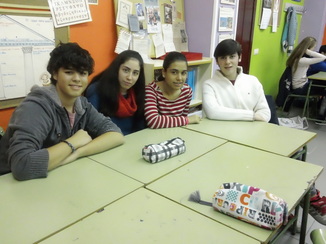
"La Lechera de Burdeos"
Kike, Jaime, Nerea and Marina
Kike, Jaime, Nerea and Marina
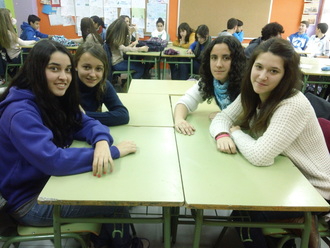
"Los fusilamientos del 3 de mayo"
Carla, María, Marta and Irene
Carla, María, Marta and Irene
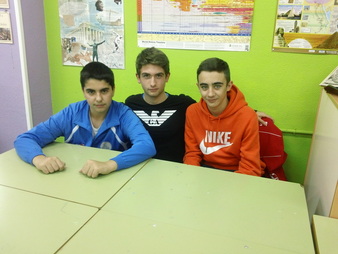
Guillermo G., Alvaro T., Dani and Alexis
"Don Gaspar Melchor de Jovellanos"
"Don Gaspar Melchor de Jovellanos"
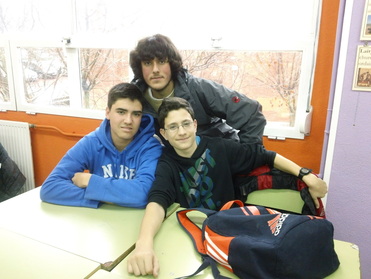
"La familia de Carlos IV"
Guille B., Alfredo, David and Juanlu
Guille B., Alfredo, David and Juanlu
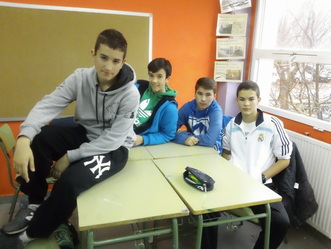
"Los duques de Osuna y sus hijos"
Guille M., Jorge, Fer and Javi
Guille M., Jorge, Fer and Javi
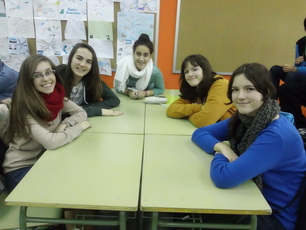
"El Quitasol"
Andrea, Bárbara, Lorena, Vicky and Sole
Andrea, Bárbara, Lorena, Vicky and Sole
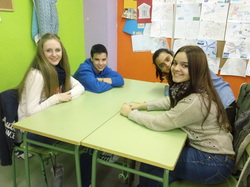
"La Condesa de Chinchón"
Laura, Irene V., Edu and Mónica
Laura, Irene V., Edu and Mónica
This is your assignment:
